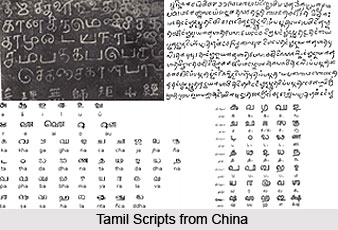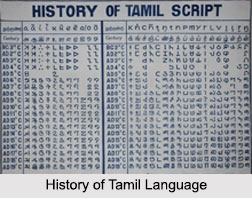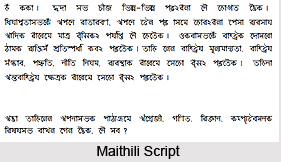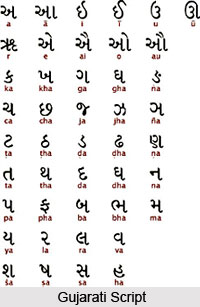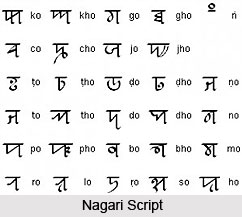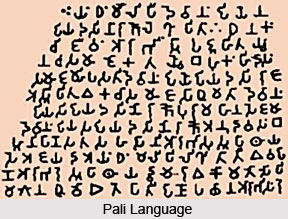 Middle Indian languages are those languages and dialects which are derived from the Indo-Aryan popular languages underlying Ancient Indian and Sanskrit language. Considering the size of India, it is not to be wondered at that, with the gradual spreading of the Aryan immigrants from the West to the East and the South, a large number of varying dialects were formed. An idea about the diversity of these dialects is obtained from the oldest Indian inscriptions which are written in Middle Indian and not in Sanskrit. Quite a number of such popular languages, moreover, have been raised to the rank of literary languages. In fact these middle Indian languages are best discerned by their use in various literary texts. These are discussed below.
Middle Indian languages are those languages and dialects which are derived from the Indo-Aryan popular languages underlying Ancient Indian and Sanskrit language. Considering the size of India, it is not to be wondered at that, with the gradual spreading of the Aryan immigrants from the West to the East and the South, a large number of varying dialects were formed. An idea about the diversity of these dialects is obtained from the oldest Indian inscriptions which are written in Middle Indian and not in Sanskrit. Quite a number of such popular languages, moreover, have been raised to the rank of literary languages. In fact these middle Indian languages are best discerned by their use in various literary texts. These are discussed below.
Pali Language
The most important of the Middle Indian literary languages is Pali, the ecclesiastical language of the Buddhists of Ceylon, Burma and Siam. It is the language in which the oldest preserved collection of sacred writings of Buddhism is written. The Buddhists themselves say that the Lord Buddha did not preach in the learned Sanskrit like the Brahmins. He spoke with the people in their own common language. As Buddha first preached in the land of Magadha (Southern Bihar), the Buddhists claim that Pali is the same as Magadhi language, the language of the province of Magadha. Though this claim remains dubious, it is, however, probable that Pali is a mixed language the foundation of which was Magadhi. The word Pali really signifies `row,` then `order, regulation, rule,` and finally the language of the sacred texts.
Apart from Pali literature, there also exists a Buddhist Sanskrit literature. In these Buddhist works, there is frequently only the prose in Sanskrit. The interspersed Gathas, meaning the songs or verses, are composed in a Middle Indian dialect, which has therefore been called "Gatha dialect." It is an old Indian dialect, which through the insertion of Sanskrit terminations and other Sanskritisms in a rather crude manner, tries to approach the Sanskrit.
Prakrit Languages
The Jains too used Middle Indian dialects for their sacred writings. They employed two different Prakrits. These are- the Jaina Prakrit, also called Ardhamagadhi or Arsa, the language of the older works of the Jaina Canon; and, the Jaina Maharastri, the language in which the commentaries to the Jaina Canon and the non-religious poetical works of the Jainas are written.
The literary language of the vernacular was composed in a similar kind of Prakrit. Maharastri, the language of Maharastra, the land of the Maratha, is universally considered the best Prakrit. In fact when the term Prakrit is referred to, it usually refers to the same. It was used principally for lyric poetry, especially also for the lyric parts in the dramas. However, there are also epic poems in Maharastri. Apart from this, there are other important Prakrit dialects as well. These are- Sauraseni, which in the prose of the dramas is chiefly spoken by high-born women. Its foundation is the dialect of Surasena, the capital of which is Mathura; persons of the lower classes speak Magadhi in the dramas, the dialect of Magadha, and Paisaci is spoken in the drama by the members of the lowest grades of society. The word probably originally designated the dialect of a branch of the Pisacas, although it is often declared it to be the language of the demons called Pisacas. Lastly the Apabhramsa which is used in popular poetry, in Jaina romances and occasionally in the drama, stands midway between the Prakrit and the modern Indian vernaculars. The Apabhramsa is a general term for literary idioms which, though based on the Prakrit, are more closely adapted to certain popular dialects.
These discussed are the primary middle Indian languages.
